En route to Gallup, NM, from Monument Valley, UT, we came upon Hubbell Trading Post National Historic Site. I knew it was in this general area but did not realize we would drive right past it (on Hwy 191). So, of course, we decided to stop (although we were a little concerned about making a u-turn in the RV with our car in tow). The parking lot, however, was dirt/gravel with plenty of room for large rigs.
We checked in at the Visitor Center to learn about the trading post and to pick up a map of the grounds.
John Lorenzo Hubbell (1853-1930) purchased the trading post in 1878. He married and had 4 children with his wife, Lina Rubi. The family lived here on the original 160-acre plot that remains the National Historic Site today. The Hubbell family was the sole proprietor of the trading post until it was sold to the National Park Service in 1965 (on the condition that it would remain an active trading post, which it is).
The Navajo people had returned to the region (after their 1864 deportation and attempted ethnic cleansing at Fort Sumner, NM) about 10 years before Hubbell bought the post. Their herds of Navajo-Churro sheep had been slaughtered (thousands of them) by the US Army during the time of the Long Walk when approximately 9,000 Navajo were forced (at gun point) to walk the 300 miles from their homeland in Arizona to Bosque Redondo in eastern NM. Several Churro sheep herds, hidden in remote canyons, survived the slaughter. An agreement was reached several years later and the Navajo returned to the region. Federal agents issued two native Mexican sheep to every Navajo man, woman, and child, but this ultimately weakened the Churro sheep breed (and their high-quality wool).
The Churro sheep had been central to the Navajo culture, economy, and arts fueling the renowned Navajo weaving tradition. Their coarse long wool had various colors and were desired by weavers for its high quality. The breed is highly resistant to disease, very adaptable to climate extremes, and reproduce easily (commonly bearing twins or triplets annually). Their meat is also reportedly tasty and low in fat content.
Sheep were also key to the success of the Hubbell Trading Post. The Navajo traded sheep and wool to the post, along with items they made (rugs, jewelry, baskets, pottery), for food, tools, household items, etc. The post had corrals for the sheep and then would drive them to the nearby railroad for transport to market. It was many years before cash was used at the Trading Post. Hubbell became fluent in Navajo (knew English and Spanish) and was considered fair and trustworthy. He remained close friends with many Navajo throughout his life. When Arizona became a state in 1912, Hubbell was elected as the first state senator.
In the 1930s and 1940s, a government program of soil and range conservation called for the mandatory reduction of flocks of sheep. Tens of thousands were killed causing severe economic issues for the Navajo. Only 450 Navajo-Churro sheep were left on Navajo lands. In the 1970s, work began to preserve the breed and revive the Navajo and Rio Grande weaving traditions.
From the visitor center, we walked the short distance to the Trading Post.
Inside is a wide array of goods and handcrafted items. There are some items on display (like the vintage rifles and baskets on the ceiling) that are not for sale. Since 1879, these rooms were the meeting ground of two cultures (the Navajo and the settlers) who came to the area to trade.
The barn was the largest in Arizona when it was completed in 1900. Hubbell grew alfalfa to feed the horses and mules that pulled his freight wagons.
The corrals held mostly sheep, but also cattle, horses and mules.
Workers, freight drivers, and field hands stayed in the bunk house. A traditional Navajo Hogan on the property was available to those who had traveled long distances and needed a place to stay.
In 1934 the Guest Hogan was built (as a tribute to his father) by Roman and Dorothy Hubbell. Visiting researchers and artists sometimes stay here.
The family lived in the Hubbell Home until 1967. Today, guided tours are offered to see the large collection of Navajo rugs, artwork, and baskets inside. We did not have the time to do the tour…maybe another time.
Over the years, the Hubbell trading empire grew to 30+ trading posts, warehouses, ranches and farms, and stage, freight, and mail lines. Hubbell traded with many tribes and very much admired and promoted Native American arts and crafts. He was one of the most respected traders of his day.
We did not spend as much time here as we normally would have, but we wanted to continue to the RV park in Gallup to get settled in for the week. We found the history of this place fascinating. For additional information about Hubbell Trading Post, go to www.nps.gov/hutr.
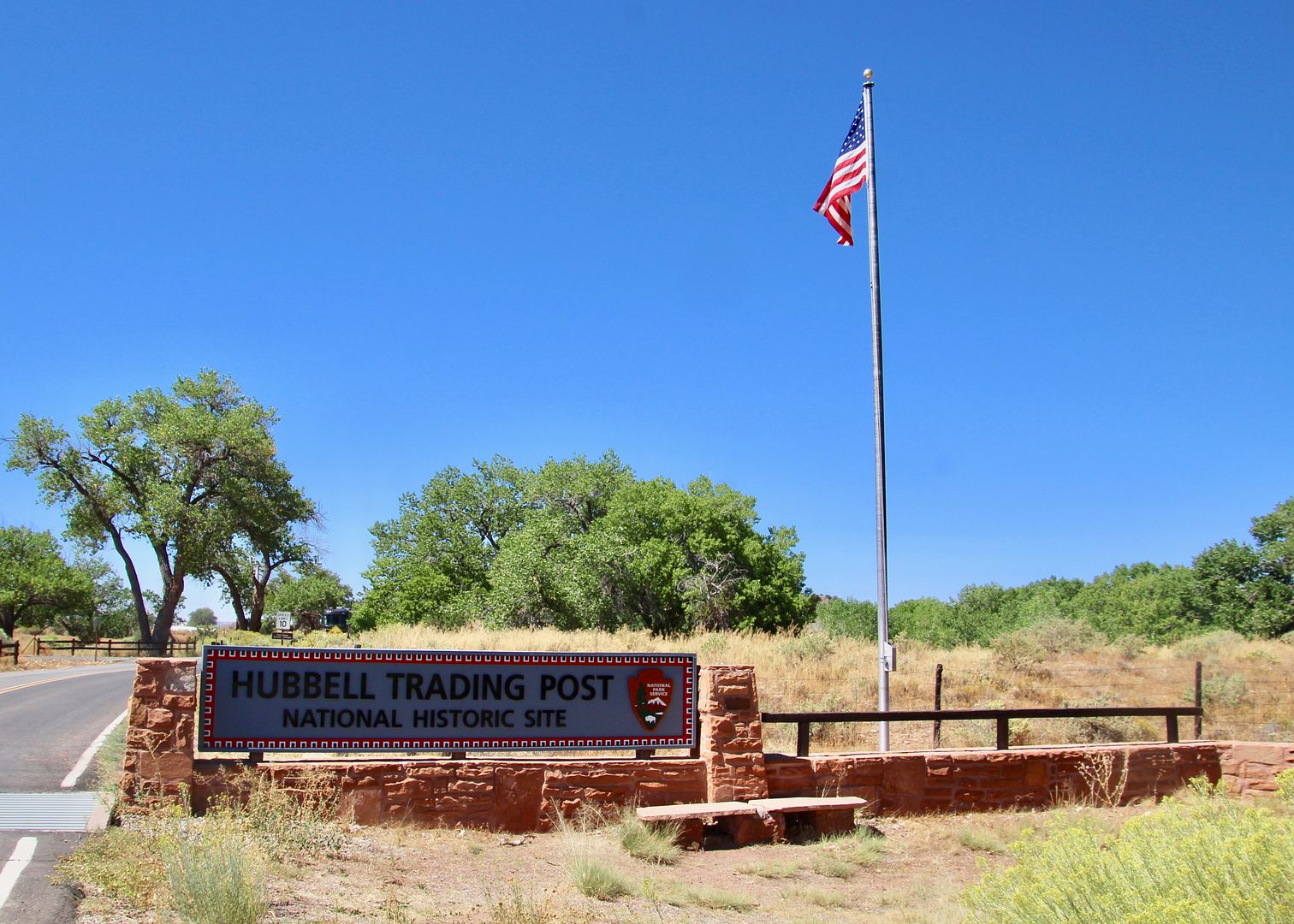
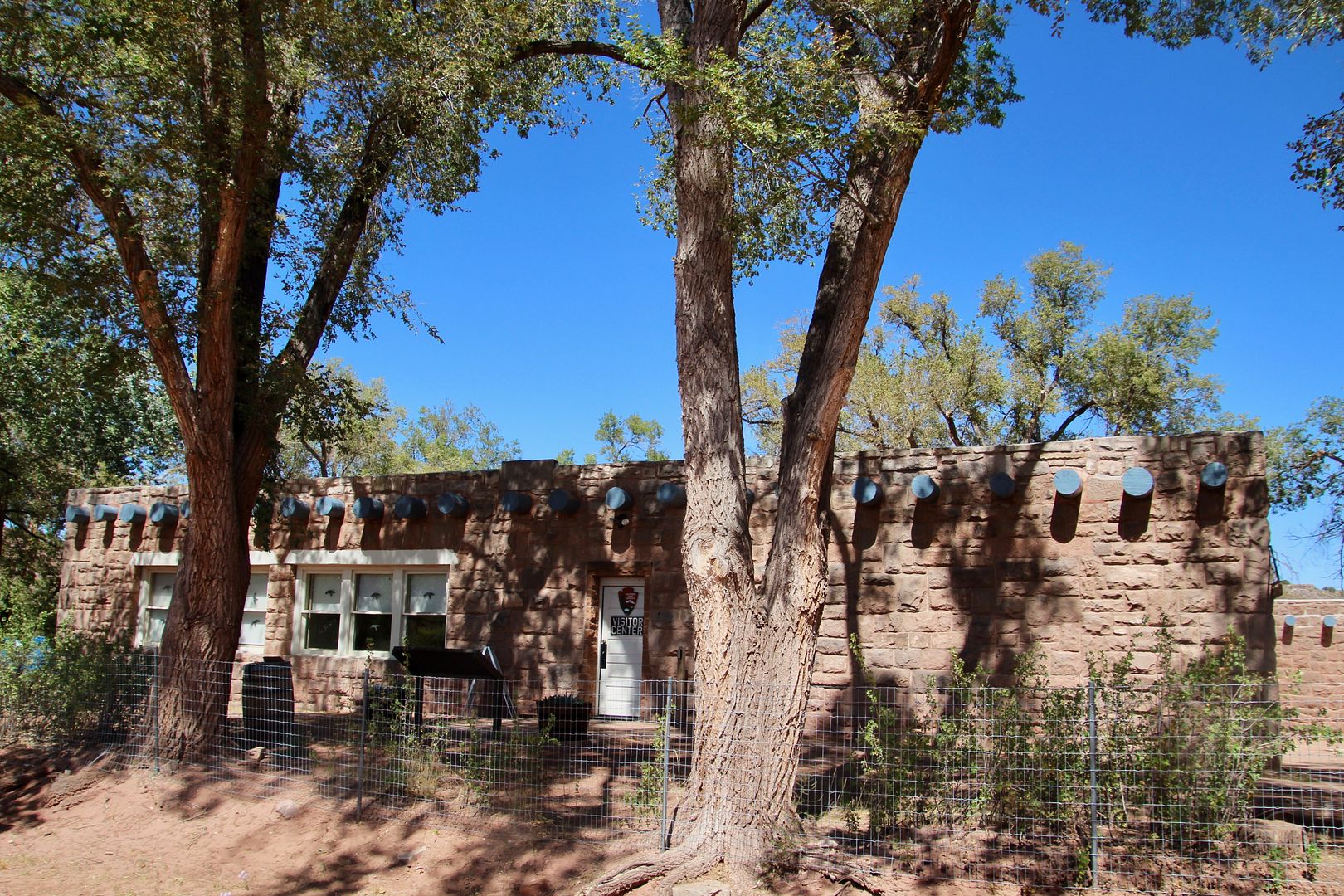
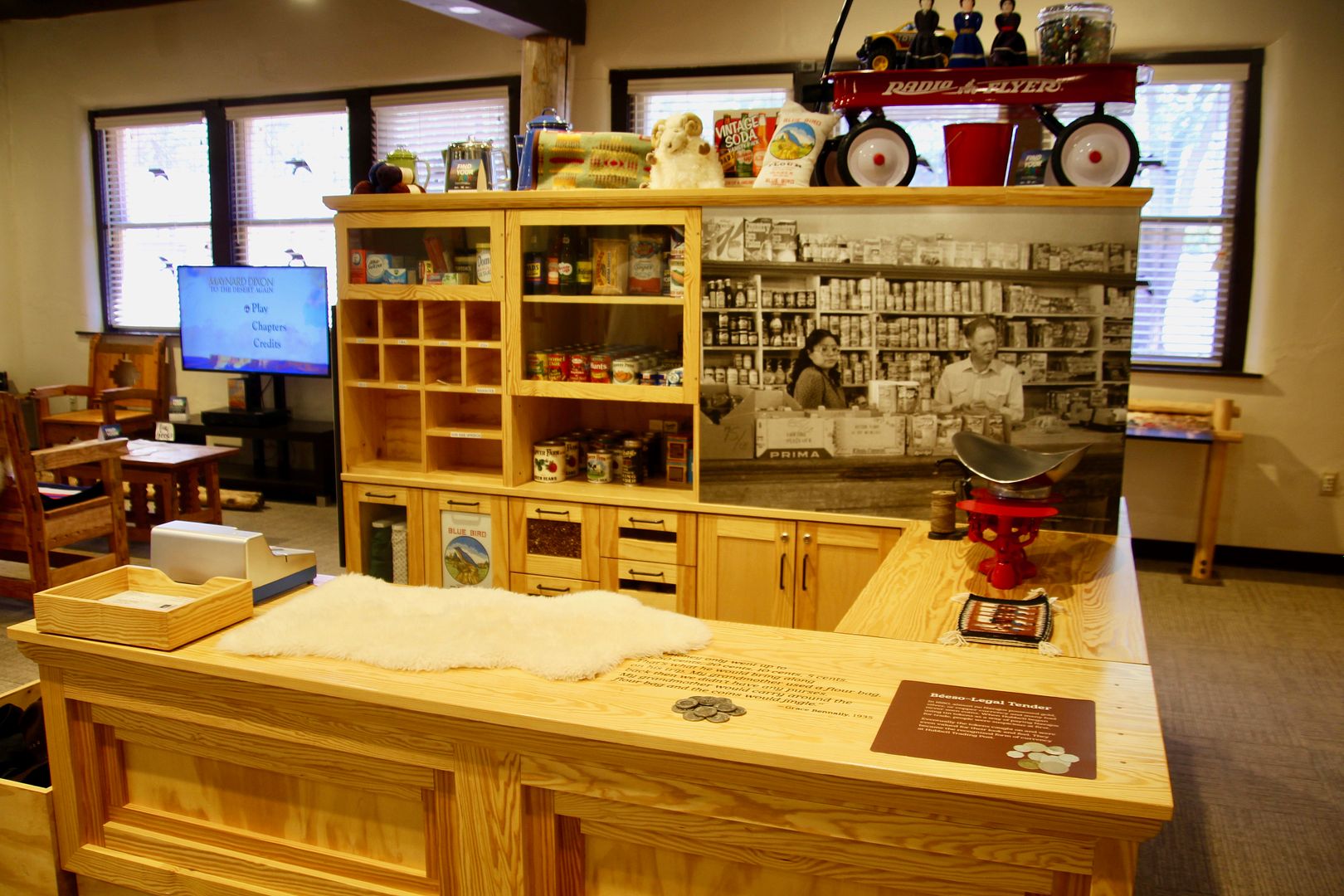
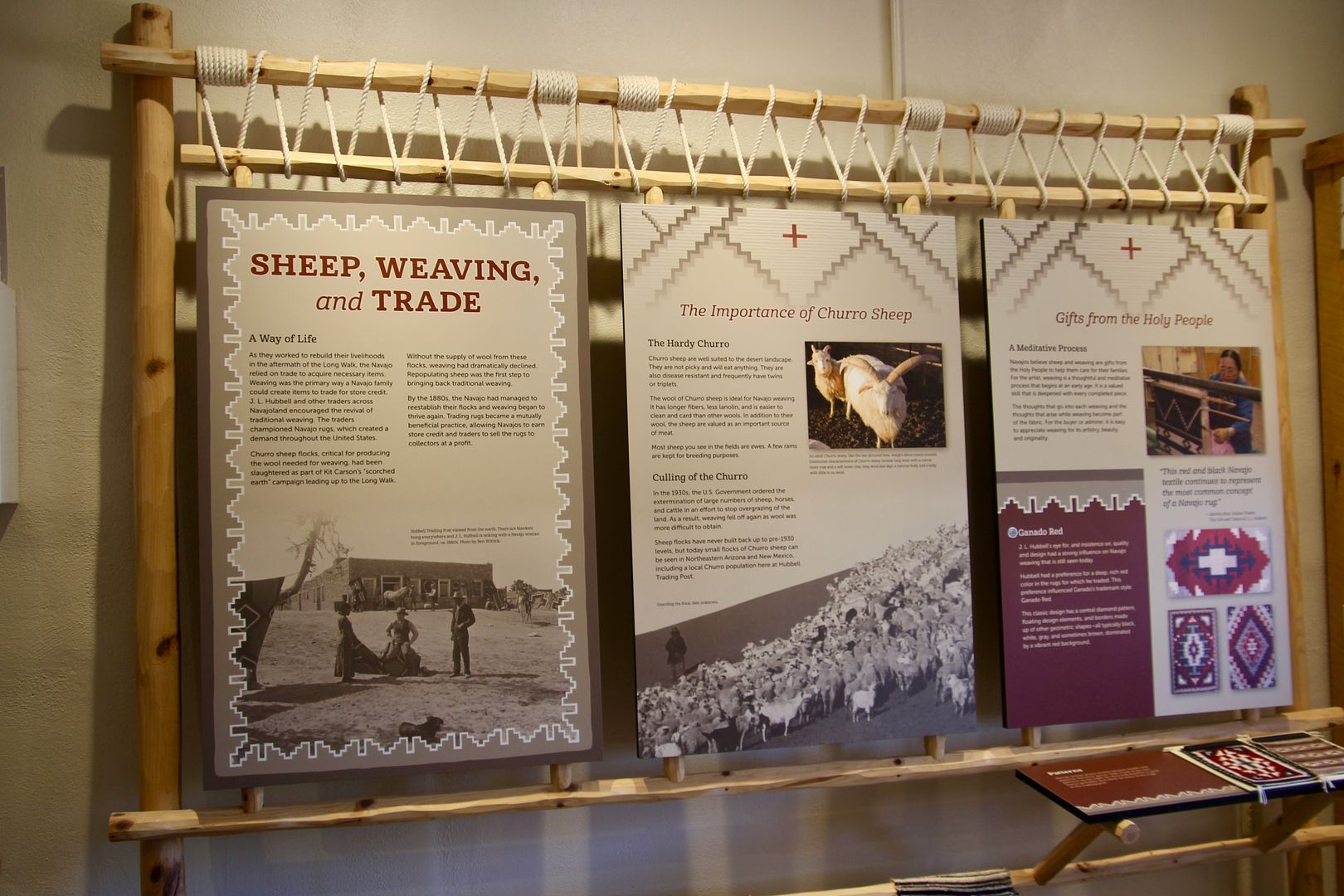
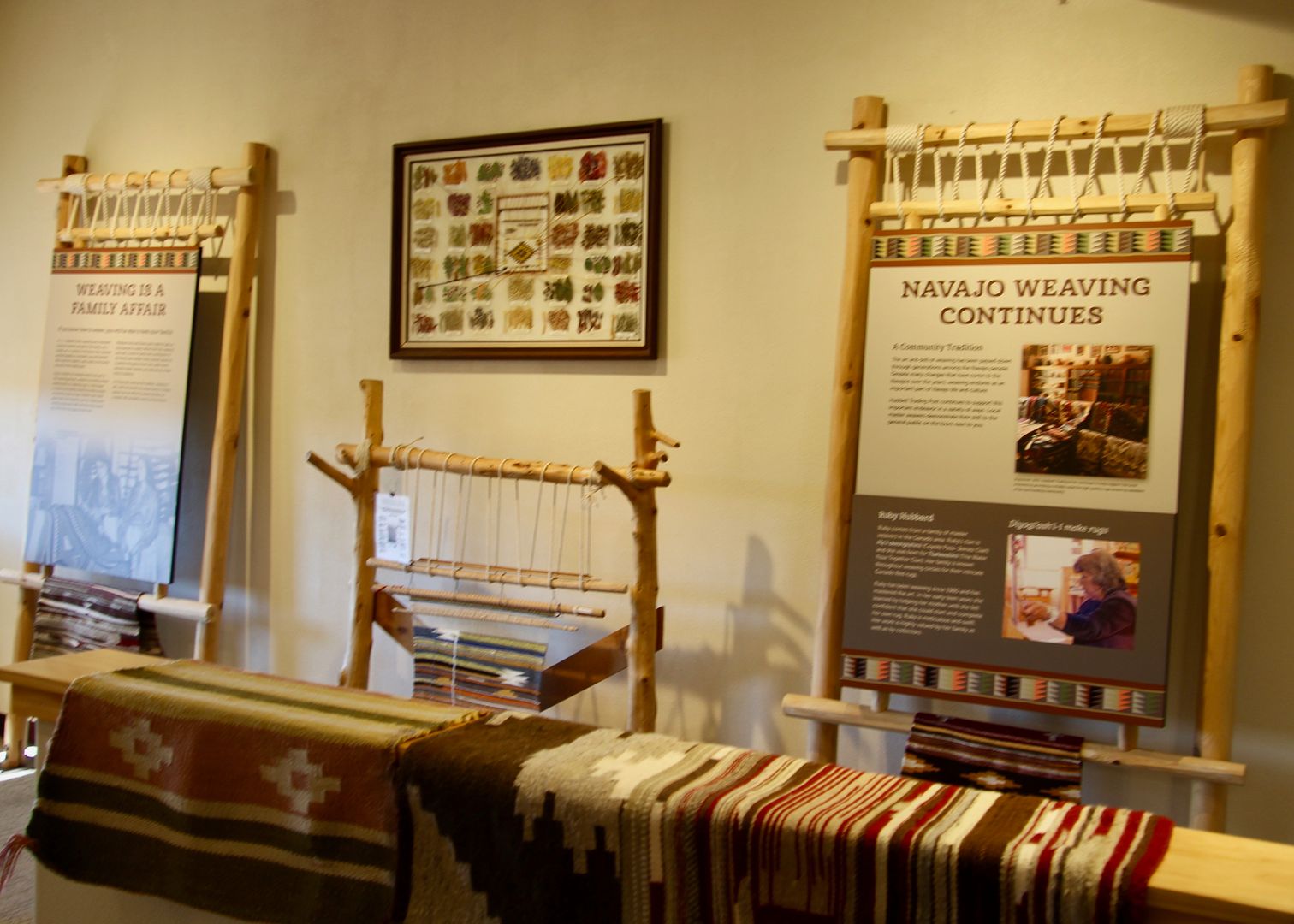
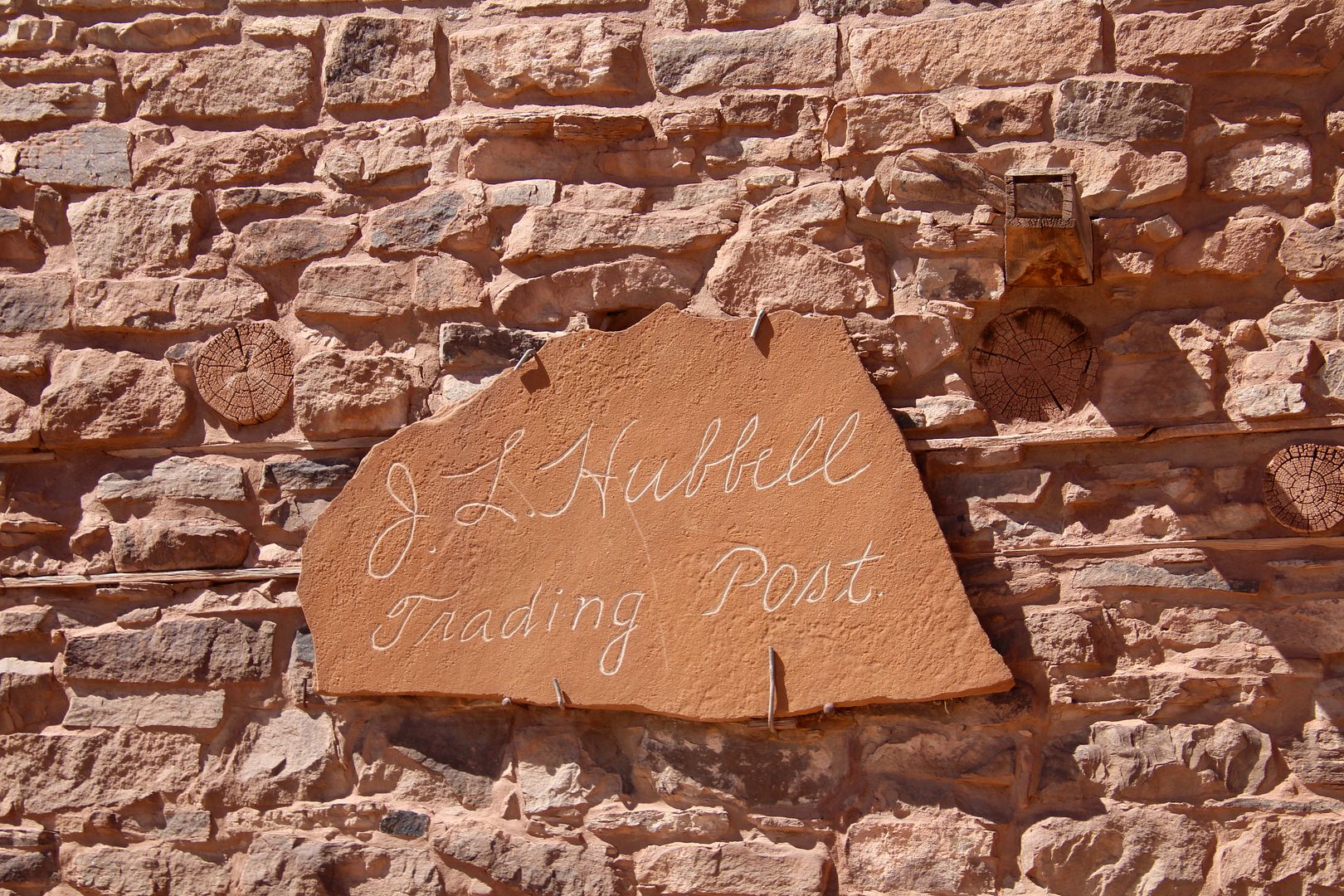
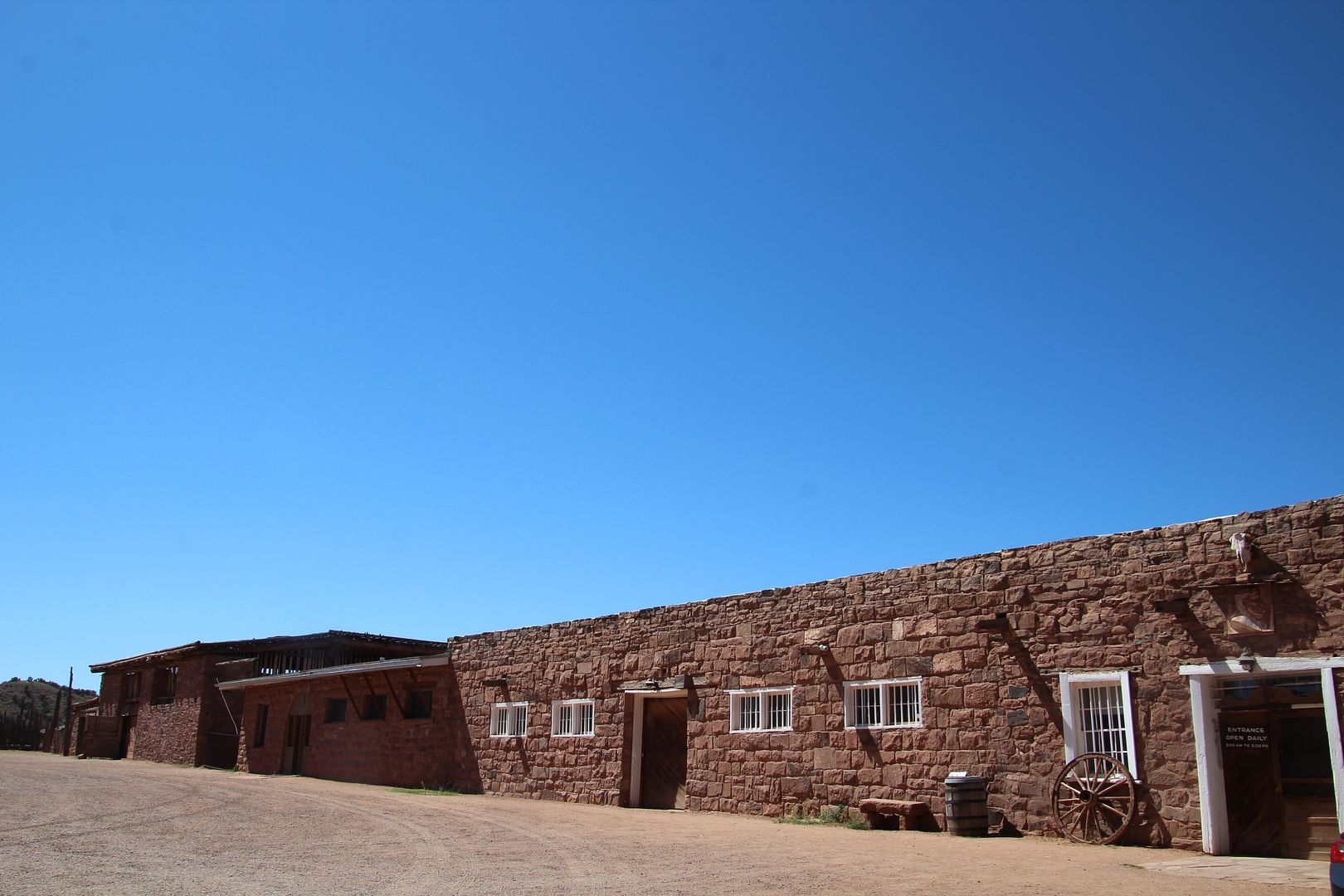
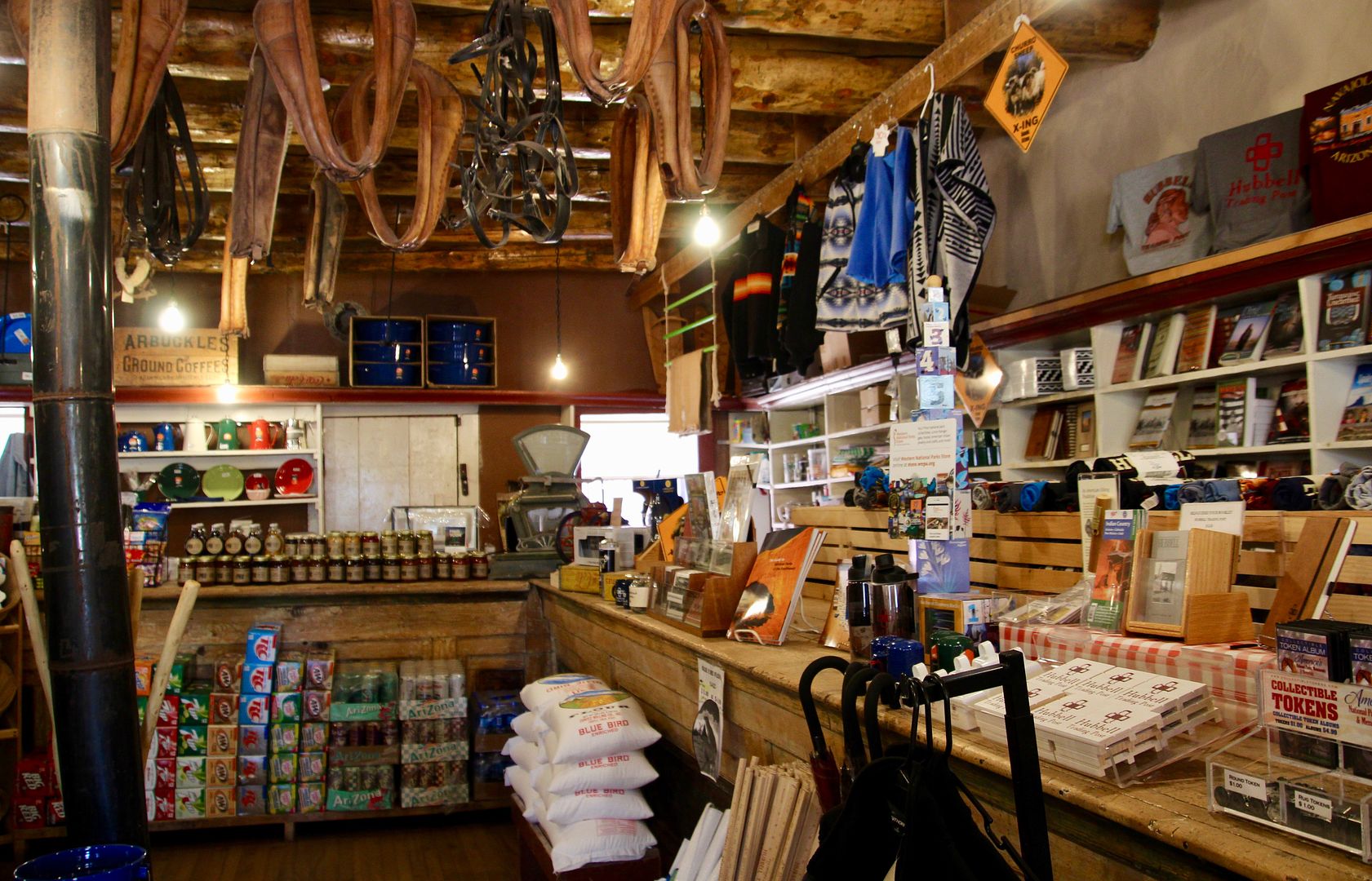
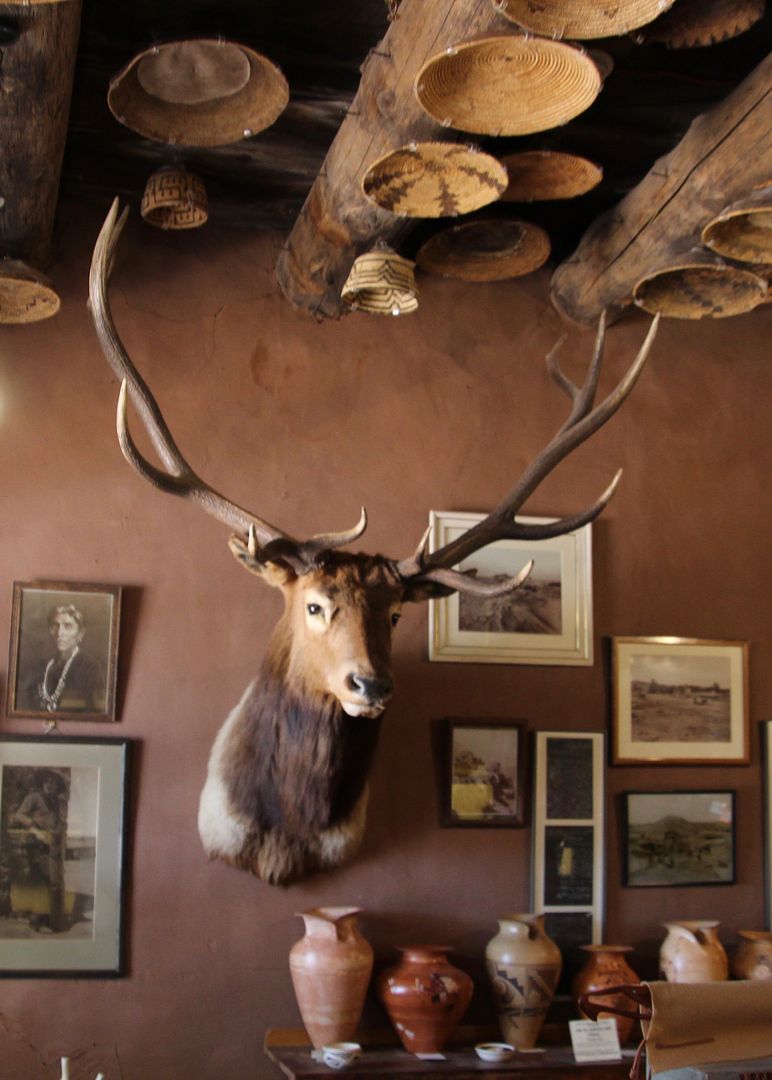
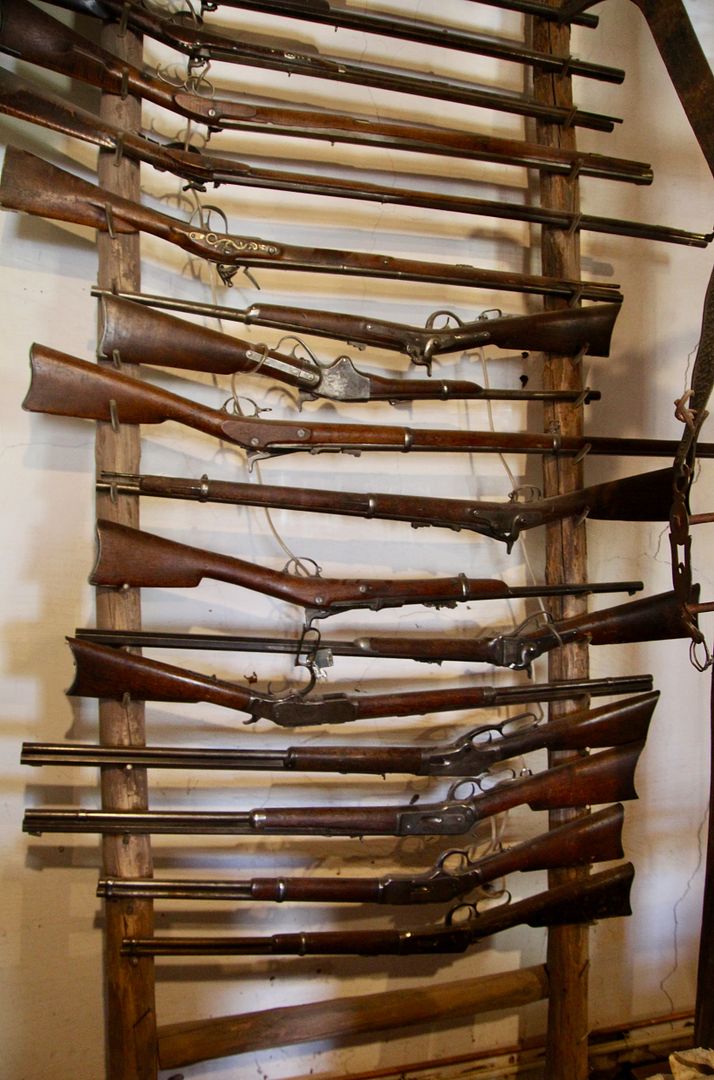
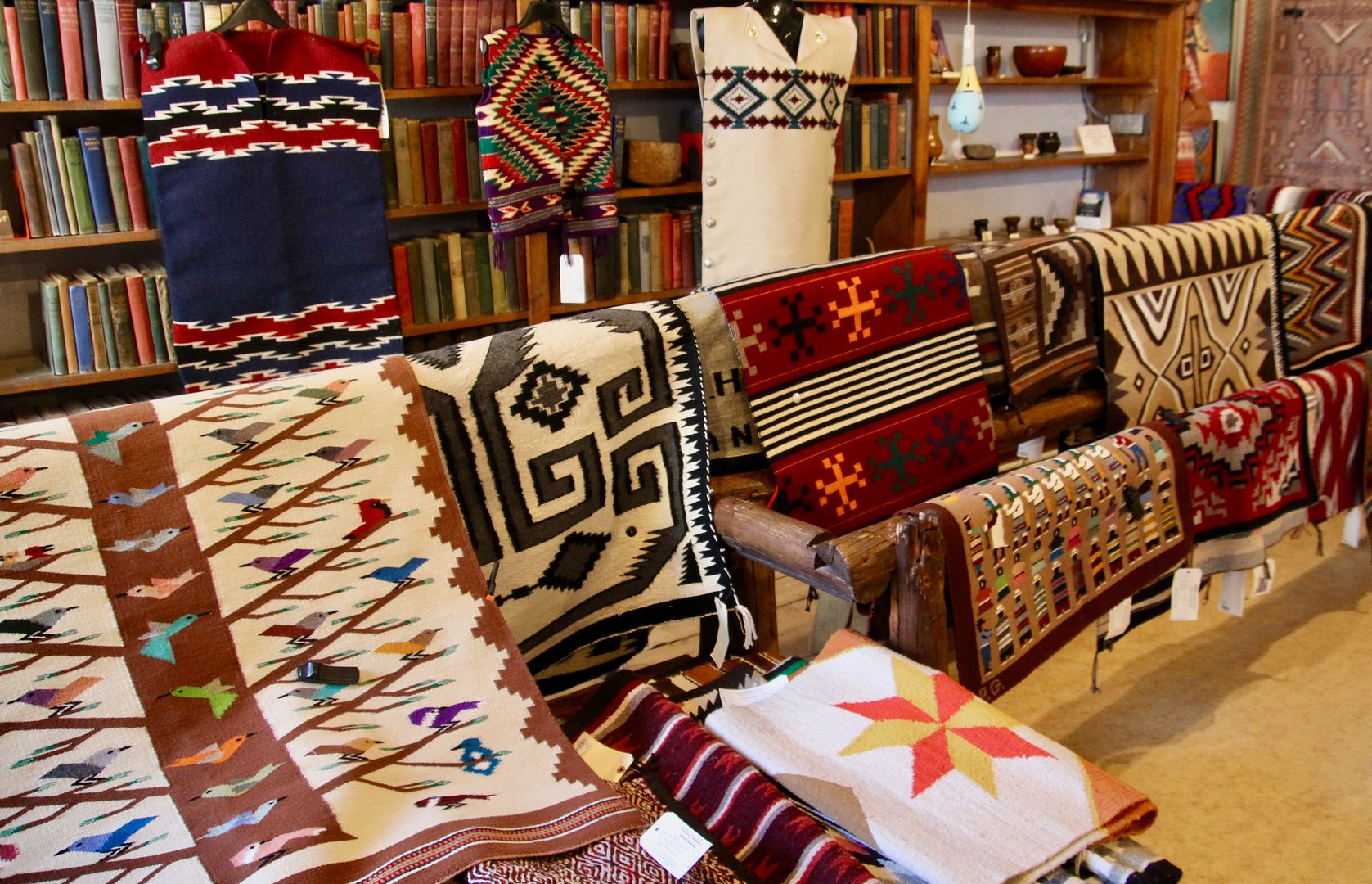
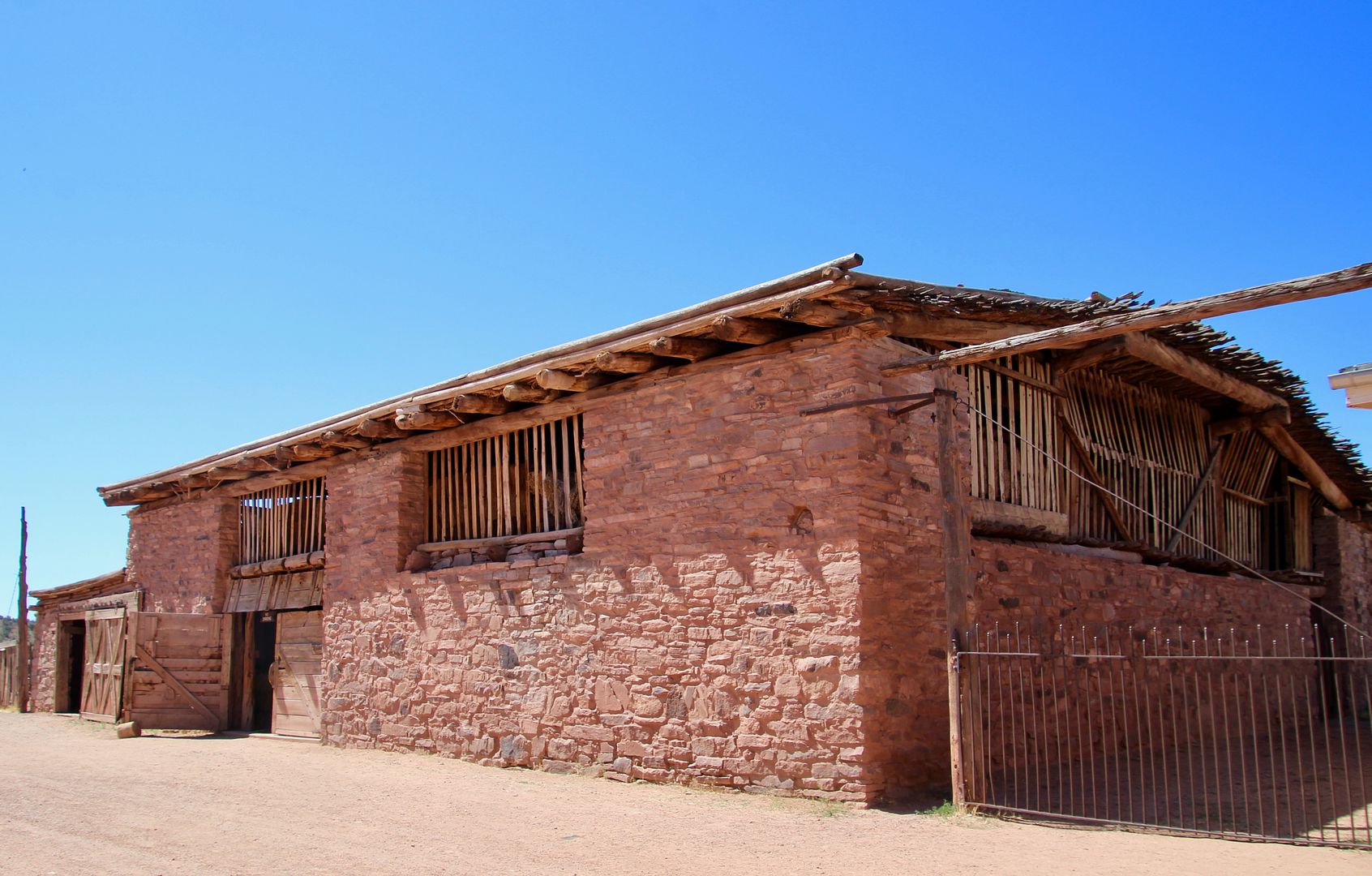
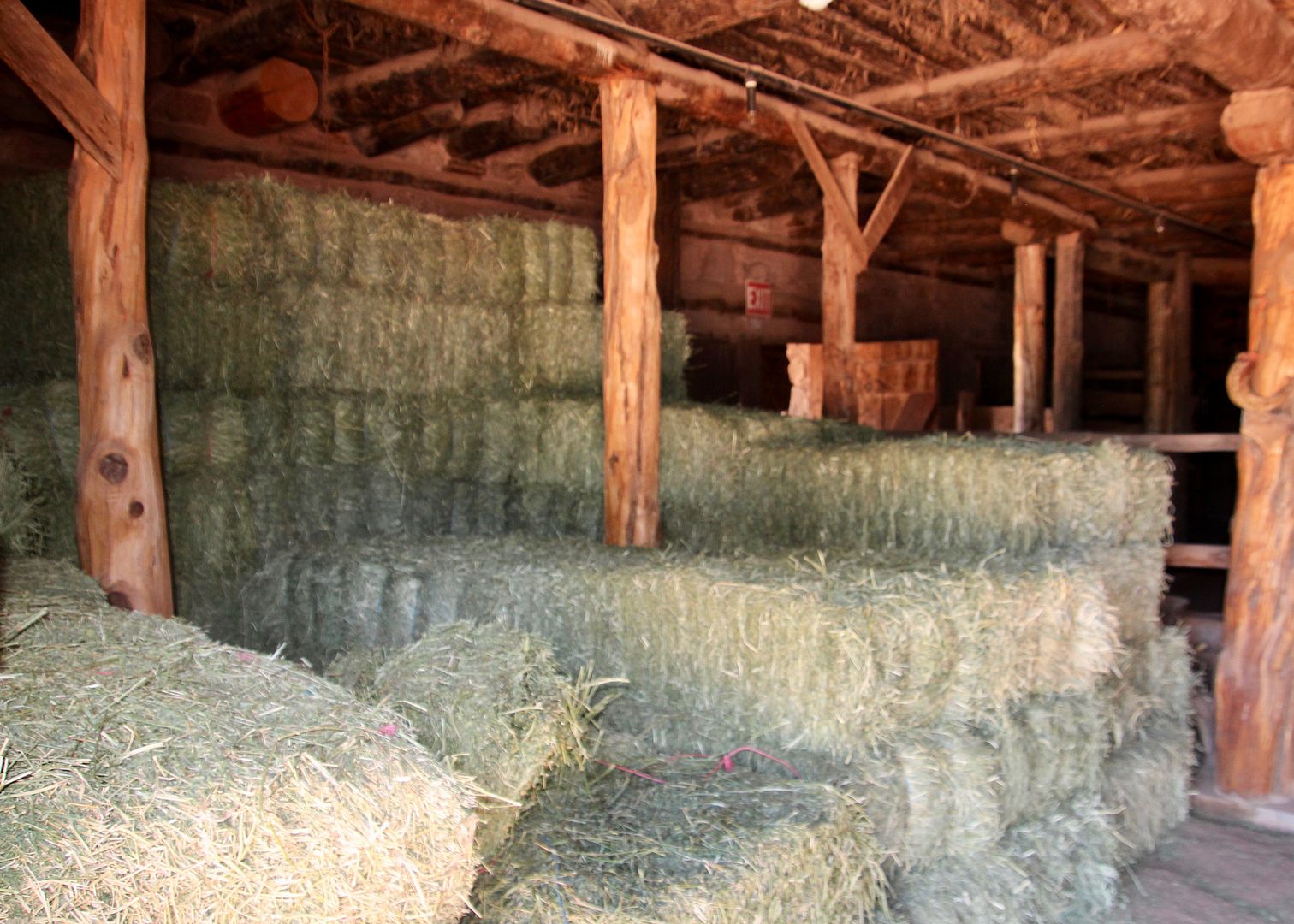
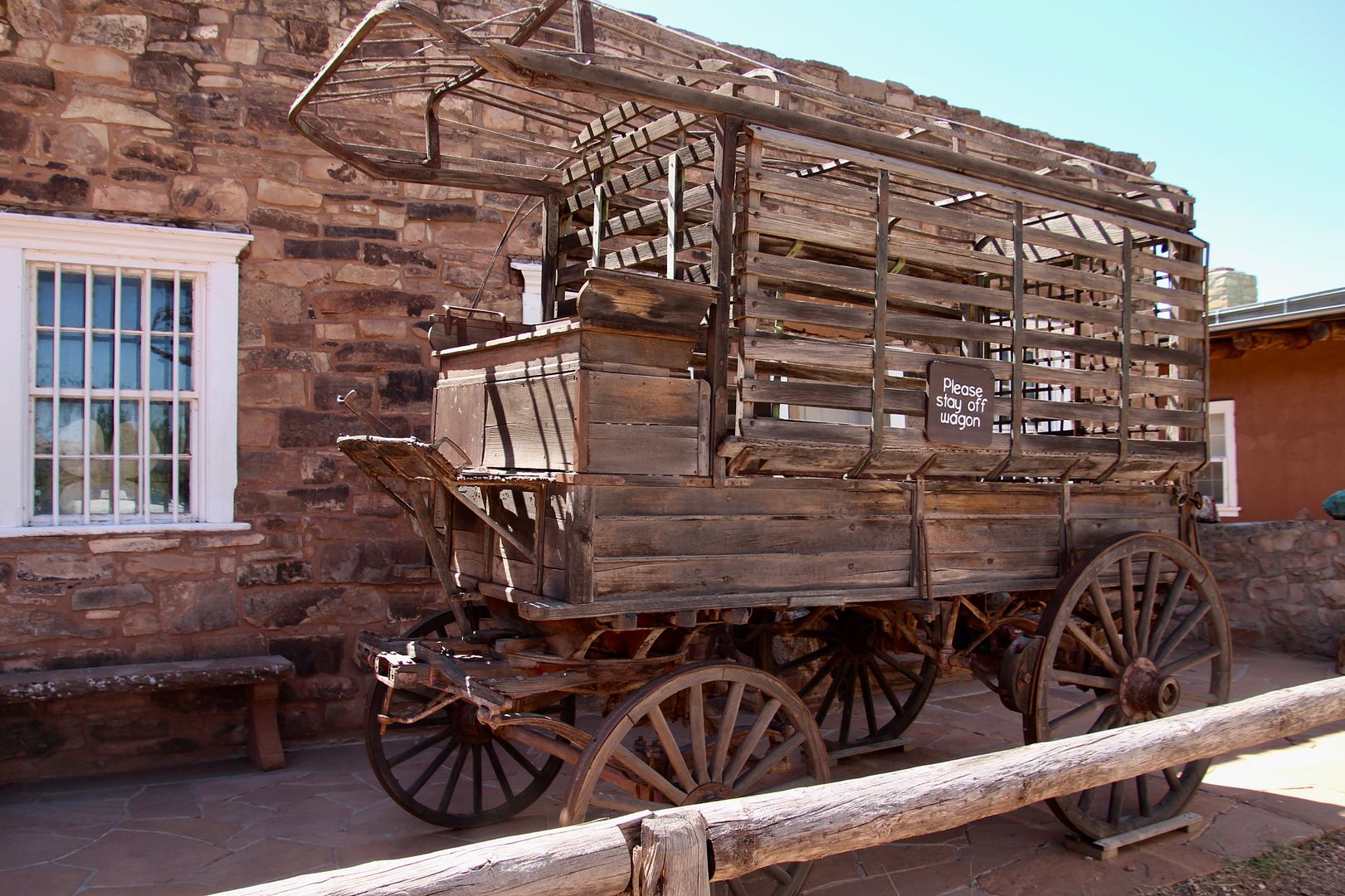
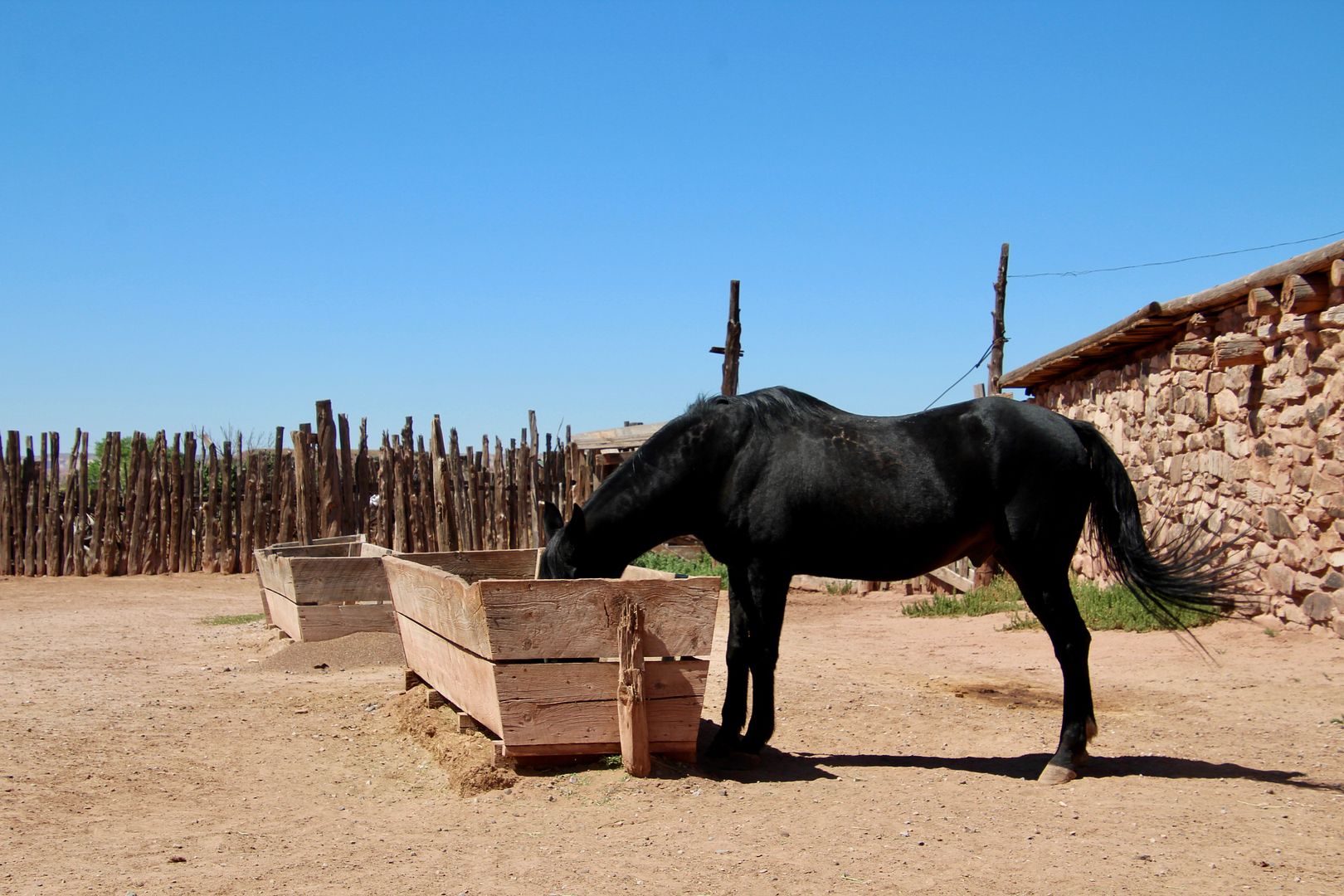

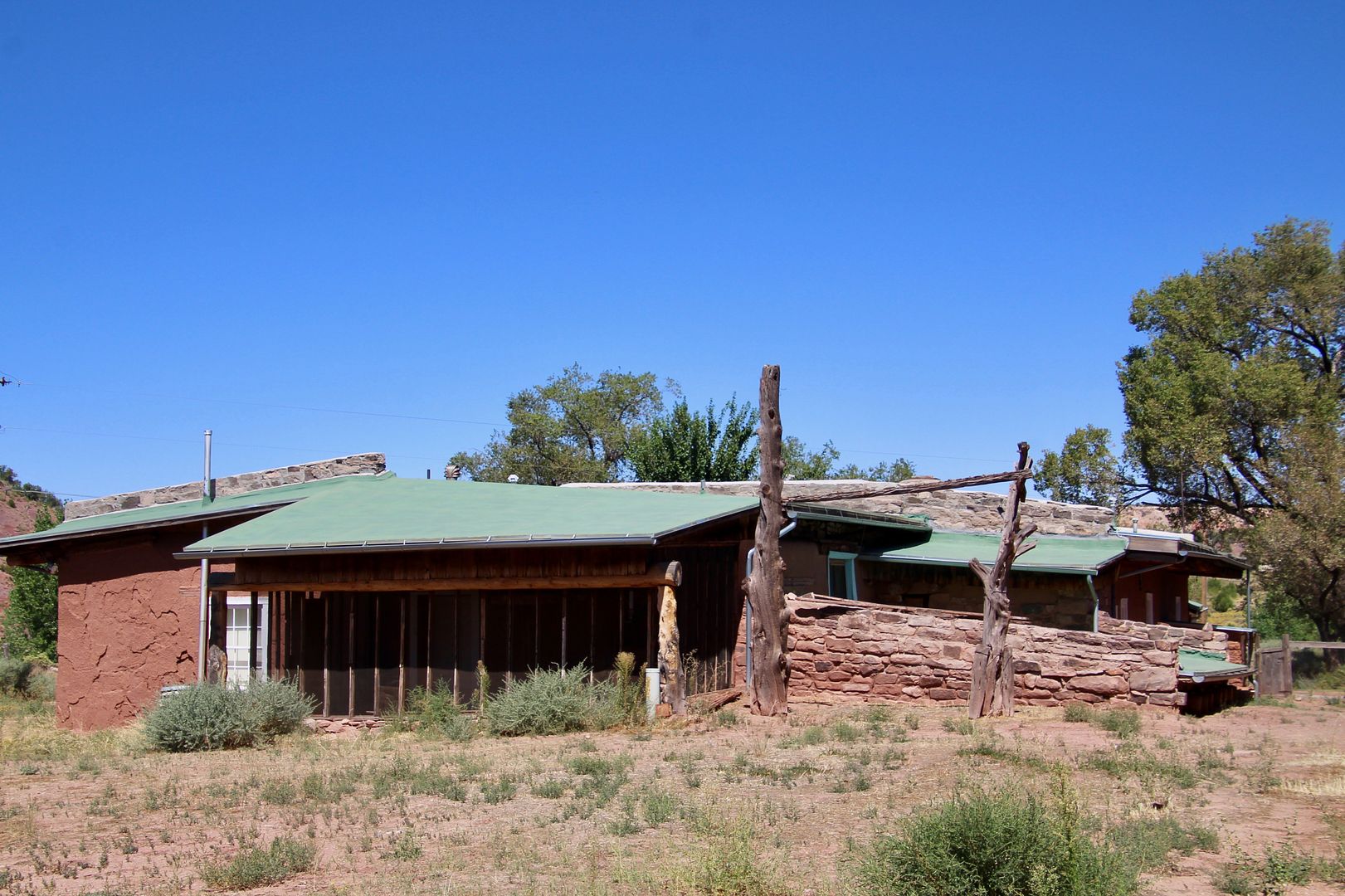

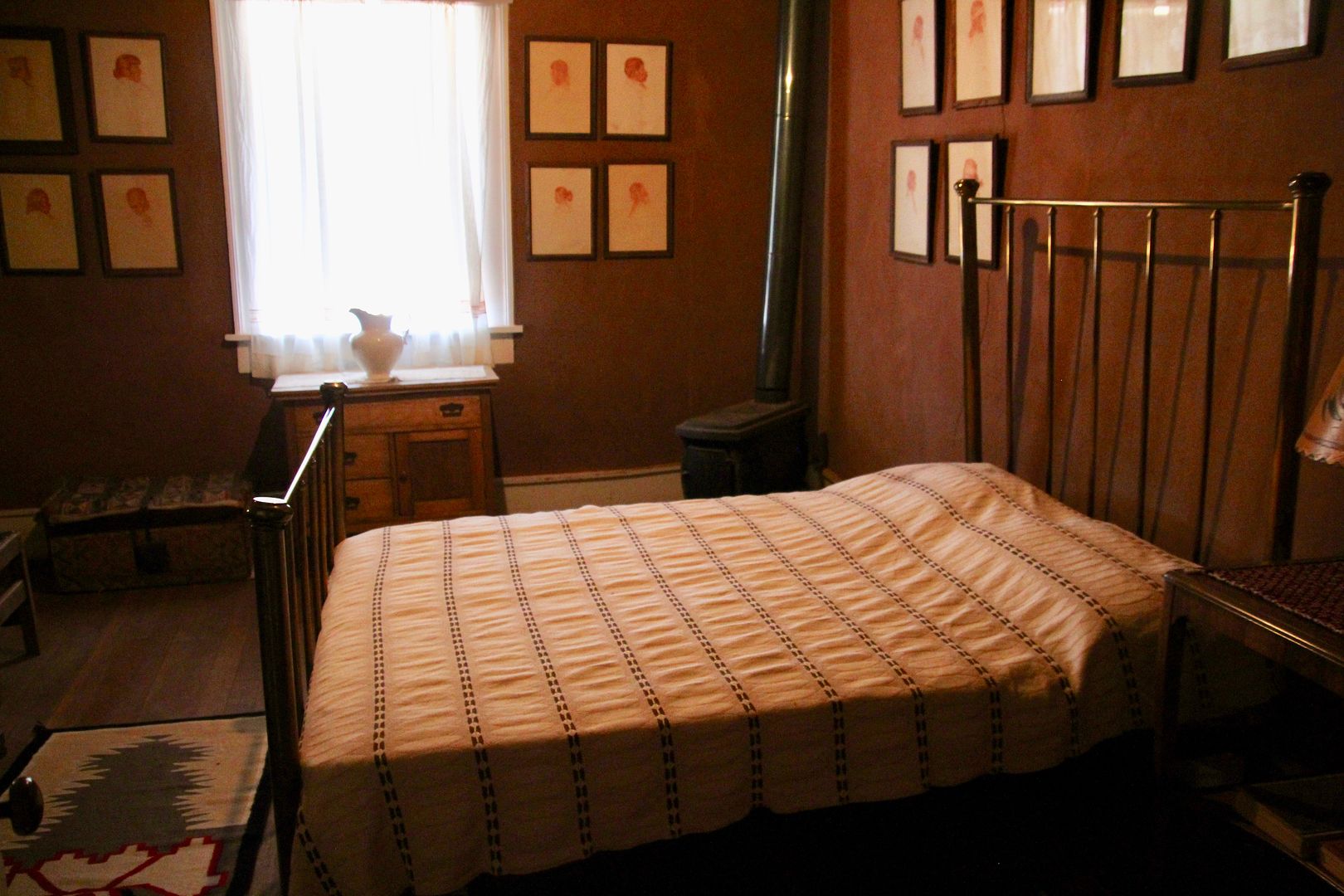
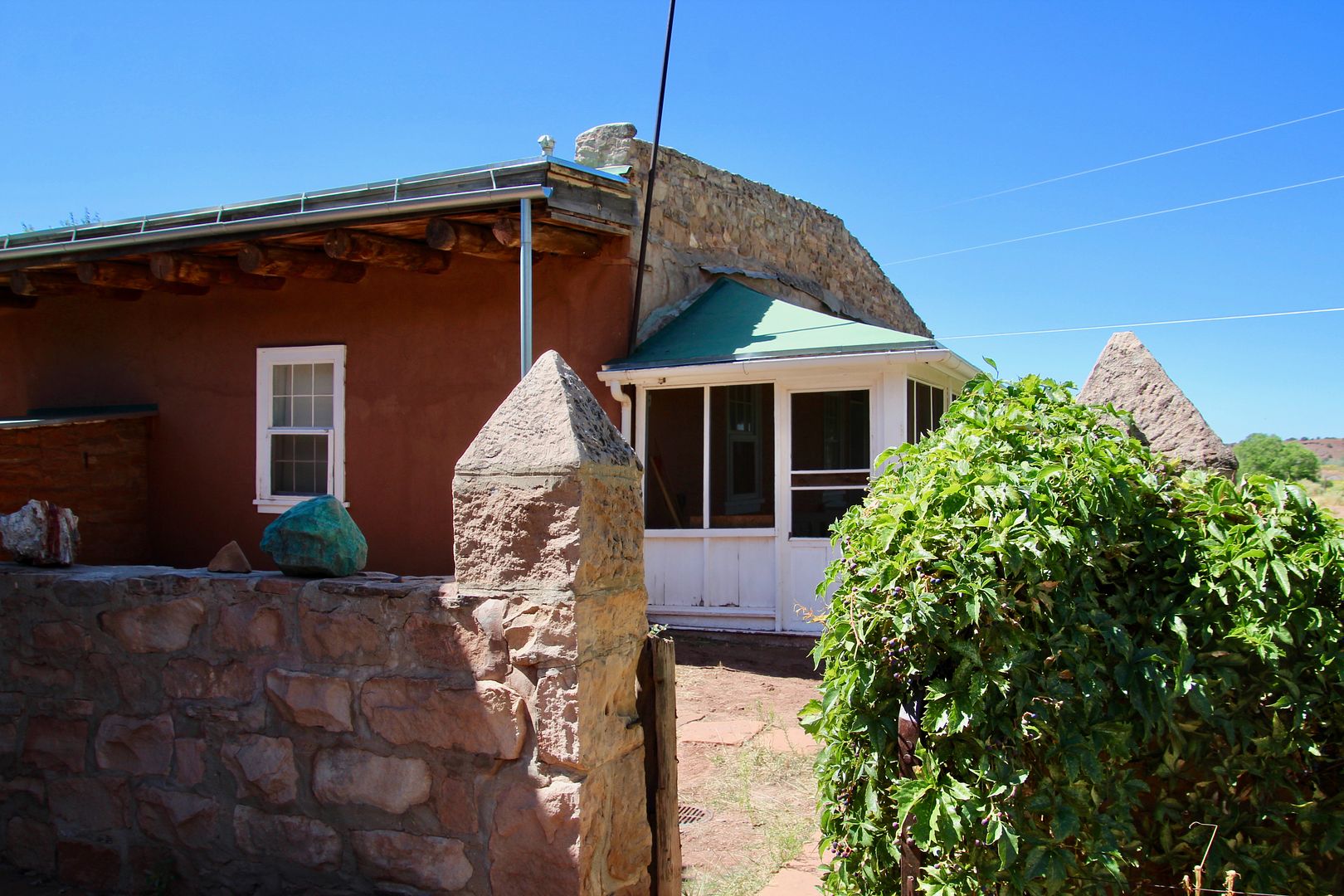
No comments:
Post a Comment